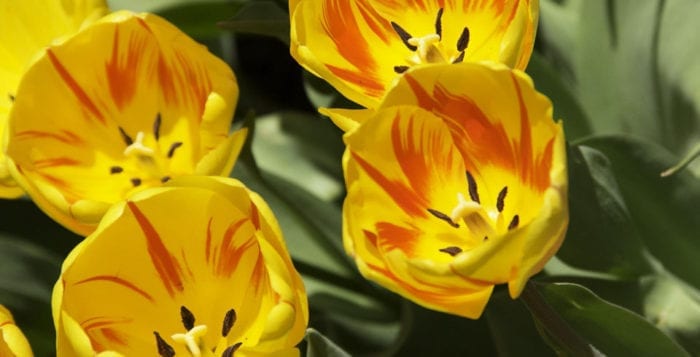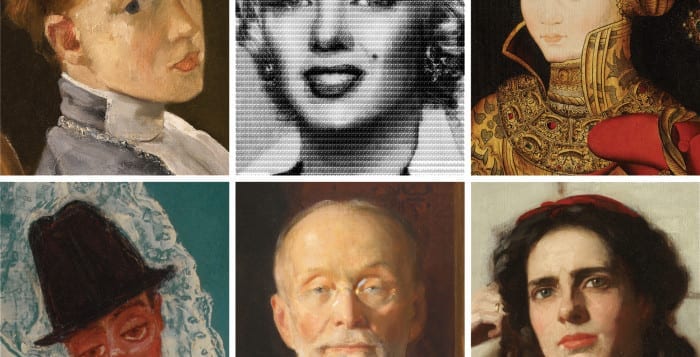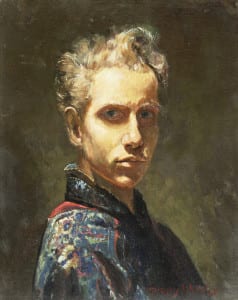What better way to celebrate the arrival of spring than with a Tulip Festival? The natural beauty of the historic Heckscher Park will once again serve as the backdrop for the Town of Huntington’s highly anticipated signature spring tradition this Sunday, May 7, from 11 a.m. to 4 p.m. Now in its 17th year, the event was the brainchild of Councilman Mark Cuthbertson (D).
“The 17th Annual Huntington Tulip Festival is a free event that has something for the whole family to enjoy. There is live entertainment throughout the afternoon on the Chapin Rainbow Stage, booths with hands-on activities for children and thousands of colorful tulips throughout the park,” said Cuthbertson, adding, “So please stop by Heckscher Park and enjoy the festivities.”
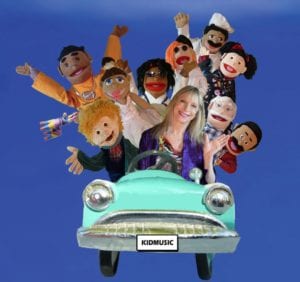
In addition to the festivities, the Heckscher Museum of Art will be open from 11 a.m. to 5 p.m. offering a special reduced pricing of $2 per person (members and children under 10 free!). Docents will be in the galleries leading tours beginning at 2 p.m. Enjoy the museum’s exhibitions Thaddeus Holownia: Walden Revisited, Earth Muse: Art and the Environment and The Art of Narrative: Timeless Tales and Visual Vignettes.
Since its inception, Huntington’s Tulip Festival has also included an annual photo contest. Entries by amateur and professional photographers will be juried to select the images most evocative of the beauty and family orientation of the festival and must be postmarked or received by July 31. Prize-winning images will be used in festival publicity.
Entertainment schedule
11 a.m. to 4 p.m. — Student Art Contest. Building up to the festival was an art contest for area students organized by the Huntington Arts Council. Award-winning work will be displayed near the Rainbow Chapin Stage.
Noon to 4 p.m. — Springtime Is for the Birds Art Workshop. Feathers will fly when children of all ages are invited to create colorful, mixed-media birds to celebrate spring on the terrace of the Heckscher Museum. In the event of inclement weather, activities will take place in the museum.
Noon to 12:45 p.m. — Children’s Music with Mike Soloway. Soloway is a teacher and performer of children’s music residing in Huntington. His children’s recordings include the “Moving With Mike” series, the “Preschool Action Song” series in addition to the albums “Hungry for Manners” and “School Bus Songs.”
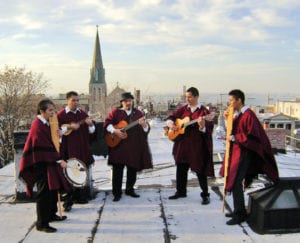
1 to 1:45 p.m. — Inkarayku: Journey Through the Andes. An interactive children’s concert, Journey through the Andes takes children on a musical journey through the Andes Mountains, starting in northern Ecuador and ending in Bolivia. The concert features a storytelling narrative, singing along games and group dancing. Inkarayku members use large floor maps, theatrical costumes and props to transport youngsters to another time and place, giving them a one of kind educational experience.
2 to 3 p.m. — Songs & Puppetry with Janice Buckner. Buckner is one of the nation’s top performing artists for children. She tours nationally and has appeared on radio and television, as well as over 4,000 schools and concert halls. Buckner entertains audiences of all ages with her voice, guitars, puppets and her knowledge of Sign Language for the Deaf. She is noted for her voice, her creativity and the outstanding quality of her lyrics.
4 p.m. — Festival Closes. Museum exhibits on view until 5 p.m.
For more information regarding the Tulip Festival or if you would like to volunteer for the day, please call 631-351-3099.

